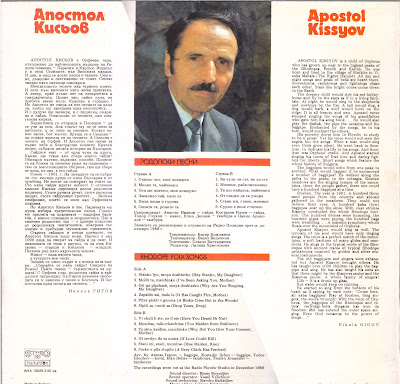TUILLEADH DEABHAIL AG BOISCÍN
THE CONNEMARA ACCORDION VOL.1
Clό Iar-Chonnachta Teo, 1990, GTD 1040
This local Irish label based in Connemara has a wonderful catalogue but a lot of the tapes they produced haven't been reissued as CDs yet. Here we have a good example of the vitality of traditional music in that part of Ireland with ten accordion players. Two of them are very well known : P.J. Hernon and Johnny Óg Ó Conghaile (Connolly) who recorded several solo albums. The others are local stars displaying equal energy and talent. Inside what we can call a regional style these ten players are in fact different enough from one another which reminds us of the incredible wealth of the Irish musical tradition generally speaking.
I would translate the title in Irish as ''more devils for the box'' but maybe you can find something better.
Each musician is briefly introduced but in Irish only.
I'm looking for the second volume called ''Buail Cois Air''.


















